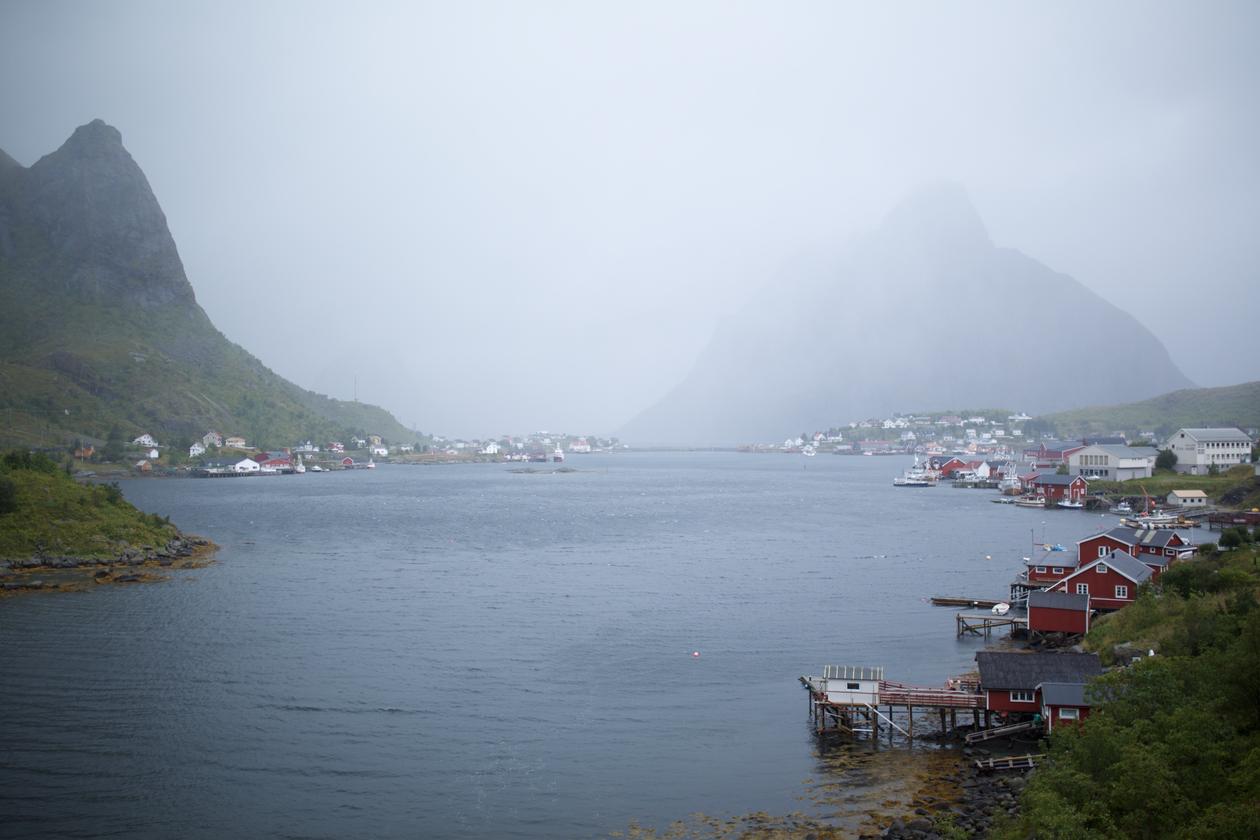Geohazards and wind
Strong winds and storms are common along the Norwegian coastline. How has the weather along the coast varied in time and space?

Main content
Norway is exposed to extreme weather events. The reason for this is the continuing passage of synoptic scale low-pressure systems (extratropical cyclones) following the North Atlantic storm track pattern, as well as polar lows that are formed in the Norwegian- and Barents Sea. Extreme weather is often synonymous with wind of hurricane strength, storm surge and heavy rainfall. At the most extreme, these storms can have a major societal impact. But what do we really know about wind strength and -direction beyond instrumental measurements? And will the atmospheric circulation pattern undergo a change in future climate? These issues are particularly relevant for long-term planning and as a potential source of wind power.
At Geography we study how storms vary in time. The main objective for doing so are to improve and expand the knowledge about past storminess in Norway, and how storms has varied in time and space. The ongoing project looks at aeolian transport of sand/silt and various elements from sea spray along the Norwegian coastline.
